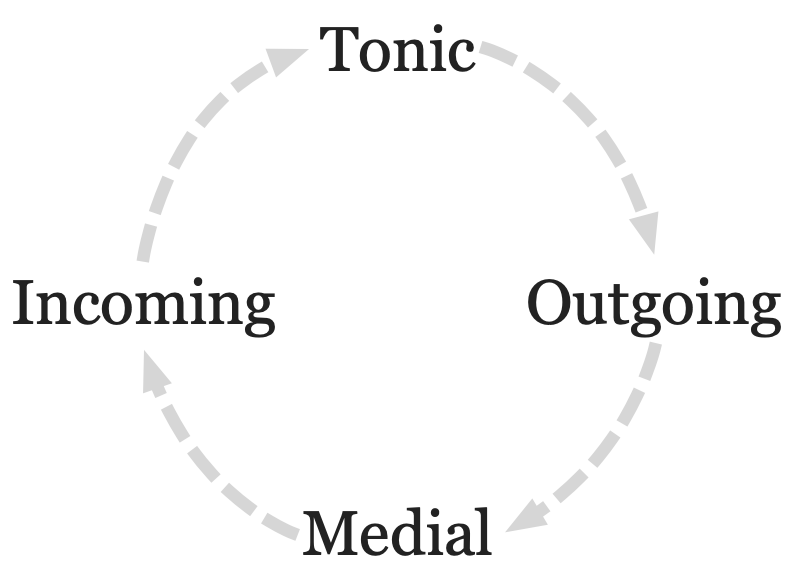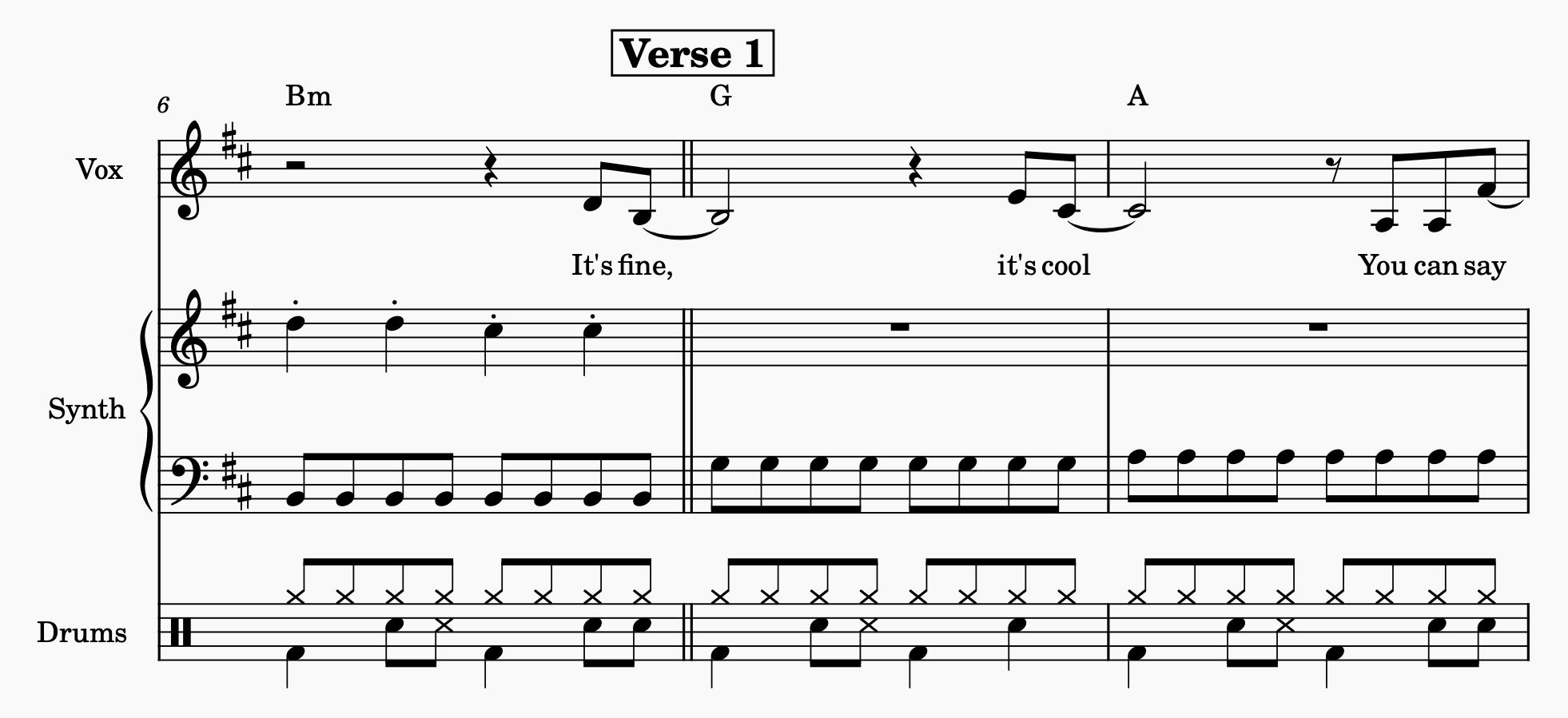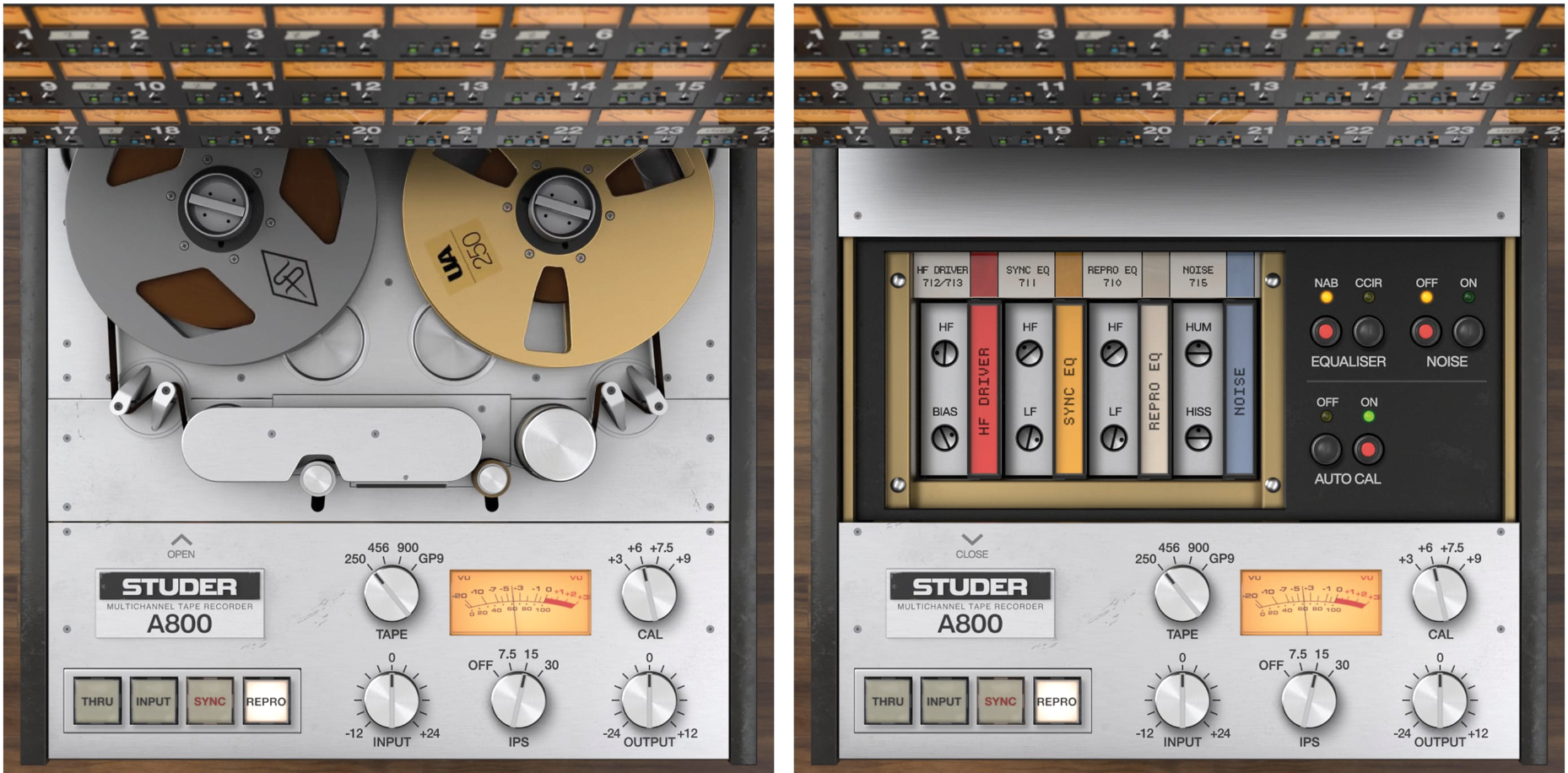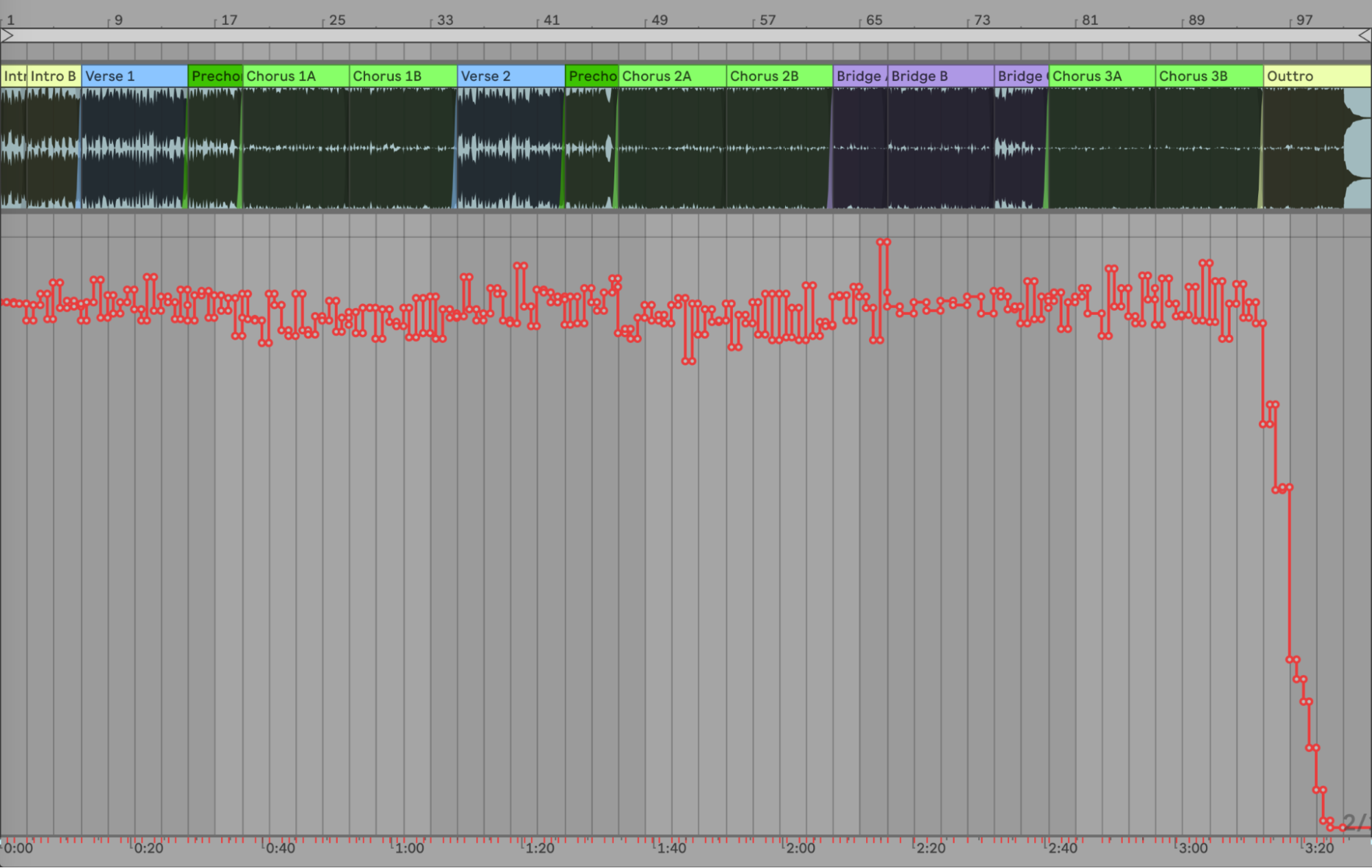
All spring, my students were talking about Chappell Roan, and now, the Spotify algorithm has seemingly got everyone else talking about her too. This is not an article about Chappell Roan’s stage persona or life story, remarkable though they may be.
If you are new to her music, her Tiny Desk appearance is a good starting point. Rather than talk about the broader phenomenon, though, I am instead going to walk you through Roan’s breakout hit, Good Luck, Babe! (I am not just excited to be writing this; the exclamation point is in the song title.)
There is not much information about the track’s production out there, so I looked up live performances in the hope of getting insight into the instrumental arrangement. Here’s a live performance from Roan’s recent set at Bonnaroo.
Unfortunately, Roan’s band sings and plays over a backing track, so as much fun as this is to watch, it’s not very enlightening about the track’s construction. So we will just have to use our ears.
I’m hearing synths, guitars, strings and drums, all of which are probably multiply layered. The track was produced by Dan Nigro, who also co-wrote the song with Roan. I assume he programmed everything in a DAW, but there could have been a band or some session musicians involved too. (Justin Tranter was the song’s third co-writer.)
Good Luck, Babe! is superficially conventional in its form, groove and production. But it has enough twists and quirks to make it stand out from the pop landscape. The most obvious quirk is Roan’s voice. She has cited Kate Bush as an influence, and that comes through loud and clear. I hear some Tori Amos in there too. Roan’s delivery is theatrical, but not studied; she has too much uncontainable yelpiness to sound like a Broadway belter.
How much does the song’s appeal rely on Chappell Roan herself? We can find out by listening to someone else singing it, specifically, Sabrina Carpenter, the subject of my previous column. I don’t know why there’s a pedal steel guitar in there, since there is nothing particularly country-sounding about this arrangement, but it sounds good, so why not?
Carpenter turns it into more of a standard pop ballad and smooths out some of the quirks, but it still works just fine. Evidently, there is more to the song than Chappell Roan’s delivery. On my first listens, I heard a bunch of standard pop music tropes, but when I started paying attention, I found some unexpected twists and turns too. Let’s go through it a section at a time and see what’s happening.
The song begins with a six bar intro: two bars of the '80s-sounding drums by themselves, and then four bars of an equally '80s-sounding synthesizer groove. The drum pattern is a Motown-ish twist on the standard rock backbeat: the snare hit on beat four is doubled in every other measure.
The drum pattern is a Motown-ish twist on the standard rock backbeat
The synth groove wrongfoots you harmonically at the outset. The first bar is a G chord with the notes B and D on top. If you stopped the song right there, you’d be thinking, okay, we’re in G major. The second bar is an A chord with the notes F-sharp, B and A on top. Um… what? It’s not like F-sharp or B sound wrong on top of A, but they are not part of the chord, they are the sixth and ninth.
The sound of the track has not prepared you for such jazzy harmony. If you stopped the song here, you might think, okay, maybe we’re in D major, and those were the IV and V chords? Or maybe we’re in A Mixolydian? But then why the sixth and ninth on top?

The third bar is a D chord, with F-sharp and A on top. Okay, so we are definitely in D major, and the F-sharp on top of the A chord was anticipating the much more conventional-sounding one we’re hearing now. Finally, the fourth bar is a Bm chord, with D and C-sharp on top. The D is part of the chord, it sounds normal, but the C-sharp isn’t, it’s the ninth. You can hear it rubbing against the D in the underlying chord, another unexpected bit of jazz flavoring.
These four chords (G, A, D, Bm, the IV, V, I and vi chords in D major) will repeat in a loop for most of the song. If you forget about chord extensions and musical time for a minute, the progression is completely unremarkable. If you turn on the radio anywhere in the USA, there is a very good chance that you are hearing some combination of the I, IV, V and vi chords in some key or another. For example, you can combine those four chords to make about ninety percent of Taylor Swift’s repertoire.
Standard though the four chords are, their placement in musical time is not so straightforward
Standard though the four chords are, their placement in musical time is not so straightforward. The late, great pop musicologist Philip Tagg argued that in loop-based music, you can’t just look at what the chords are; you have to consider when they are too. This is true of all Western music, but it’s especially apparent in loop-based grooves.
Tagg thought that the main purpose of chords in a looped groove was to signpost different positions in musical time. He proposed names for the four positions in a standard pop loop:
- The first chord is the tonic. It’s the point of origin, Frodo and Sam at home in the Shire.
- The second chord is outgoing; Frodo and Sam setting off on their harmonic journey.
- The third chord is the medial. It’s the midpoint of the journey, the point farthest from home, Frodo and Sam on Mount Doom.
- The fourth chord is incoming. It’s the end of the journey, Frodo and Sam returning to Bag End.

By Tagg’s logic, whatever the intervallic content or voice leading structure of the chords in a loop might be, the first chord will always feel like a tonic just because it’s first. In Good Luck, Babe!, the G chord is in the tonic position.
Hundreds of years of Western harmonic tradition tell you that if you hear G, A, D and Bm, then D should be the tonic, but in this loop, D is the medial chord, the farthest one from home. You are getting conflicting information! The first time through the loop, this all feels odd, but over the course of the song, you hear it sixteen more times, which is plenty of opportunity to get used to it.
The verse is two passes through the main loop. The vocal melody is almost all chord tones, so there are no harmonic surprises, but the rhythm is intriguing. Listen to the accented words in the first couple of lines: “It's fine, it's cool, you can say that we are nothing, but you know the truth.” You would naively expect these words to land on downbeats, but the first three don’t, they are half a beat early.

By the time you get to “know”, you are expecting more syncopation, but Roan breaks the pattern, landing that syllable on the now-unexpected expected beat. This is the kind of contrast and balance that makes a melody stay with you.

A typical pop song would keep the chord loop going through the prechorus, but Roan introduces a new chord, Em. This is still from within the key of D major, but it’s a less commonly used one in pop, the ii chord. Roan doesn’t build a new loop using this chord, she just sits on it for the whole section. The vocal melody hammers the notes F-sharp and A, neither of which are notes within the Em chord. If Roan was still singing those two notes over the main chord loop, the melody would make conventional sense, but over Em they are the ninth and eleventh, jazzy chord extensions.
The chorus comes roaring back with the main loop. It’s sixteen bars long, which is longer than the verse and prechorus combined. It’s so long, in fact, that you could hear the two halves as two different sections. You could call them Chorus A (“You can kiss a hundred boys in bars”) and Chorus B (“Good luck, babe, well good luck”).
The halves have different melodies, which reinforces the sense of a section change. Like the verse, Roan starts anticipates most of her phrase starts, and there’s more nice push and pull between syncopated and straight rhythms. She heightens the intensity of the syncopated first syllable in each phrase by singing them on high F-sharps, the highest notes in the entire vocal melody aside from the end of the bridge.
The melody and the chord don’t fight each other, exactly, but they don’t peacefully coexist either
The second verse, prechorus and chorus are the same as the first. Then we get to the bridge. Oh, boy, this bridge. First of all, it’s sixteen bars long, twice as long as a normal bridge. I guess it matches the epic choruses? It feels to me like three different mini-sections, all on the same suspenseful Em chord. First there’s four bars of wordless “ooh”. Then there’s the main part of the bridge: “When you wake up next to him in the middle of the night.” The main melody notes here are F-sharp and D, the ninth and seventh of the Em chord.
The melody and the chord don’t fight each other, exactly, but they don’t peacefully coexist either; it’s this liminal half-tension. Finally, on the line “You're standing face to face with ‘I told you so’", the swirling strings make you expect an explosion into the chorus, but no! There’s an anticlimax, as Roan sings “You know I hate to say I told you so” quietly for four bars. Then you get the final chorus.
The outro tags the second half of the main loop three times on the line “You’ll have to stop the world just to stop the feeling.” And then something weird happens. The tempo slows down, and the pitch drops. It’s similar to the tape-stop effect you hear in a lot of rap songs, but prolonged rather than momentary, and also the pitch drop and tempo drop don’t match. This requires some explaining.

If you have ever played around with a tape recorder or record player, you know that changing the speed of the playback also changes its pitch. This makes sense if you think about it. Pitch is another name for the frequency of an audio waveform. If you play a record or tape too slow, the waves get “stretched out”, reducing their frequency and thus lowering their pitch. If you play the record or tape too fast, the waves get “scrunched together”, increasing their frequency and thus raising their pitch.
Older digital audio recording tools, like samplers from the 1990s, work the same way. (This made it very difficult to align the pitch and tempo of samples in hip-hop and dance tracks of that era; producers of that era deserve all of your respect.) Using analog or older digital equipment, you can raise or lower the pitch of a recording by a semitone if you raise or lower the tempo by about six percent.
With the advent of phase vocoding algorithms like the ones in pitch correction plug-ins, it became possible to adjust tempo and pitch independently. So there is no need to change the pitch if you want to change the tempo, and vice versa. With all this information in mind, let’s take a look at the tempo of Good Luck, Babe!. Here’s a tempo map I made using Ableton Live:

The song starts at 117 beats per minute, but it doesn’t stay there, it drifts around between 113 and 121 beats per minute. This is very unusual for a current pop song! If you are producing in a computer, the default is to have everything be metronomically steady. Either the song was performed by humans and not quantized, or Roan and Nigro programmed all those tempo changes in for expressive purposes. At the end, the tempo drops all the way down to 83.33 beats per minute, and the pitch drops by a semitone.
If Roan and Nigro were doing 90s-style repitching, slowing down the tempo that much would have dropped the pitch by six semitones, not one. Also, the decelerando starts before the pitch begins to drop. So they must have programmed the slowdown and the pitch drop independently of each other. That is a very strange choice! But here I am writing about it, and here you are reading about it - so it must have worked.







